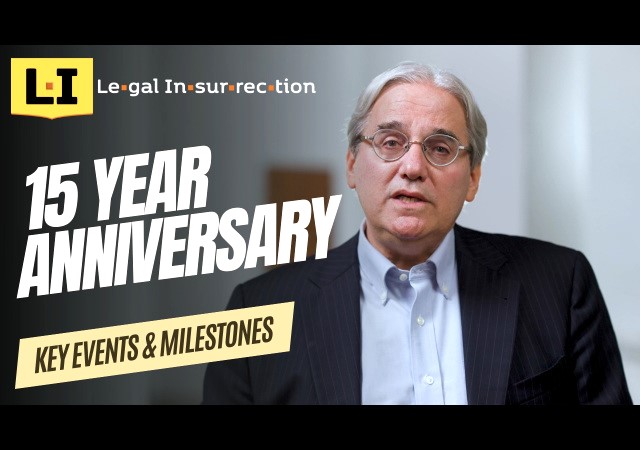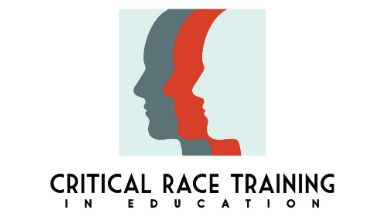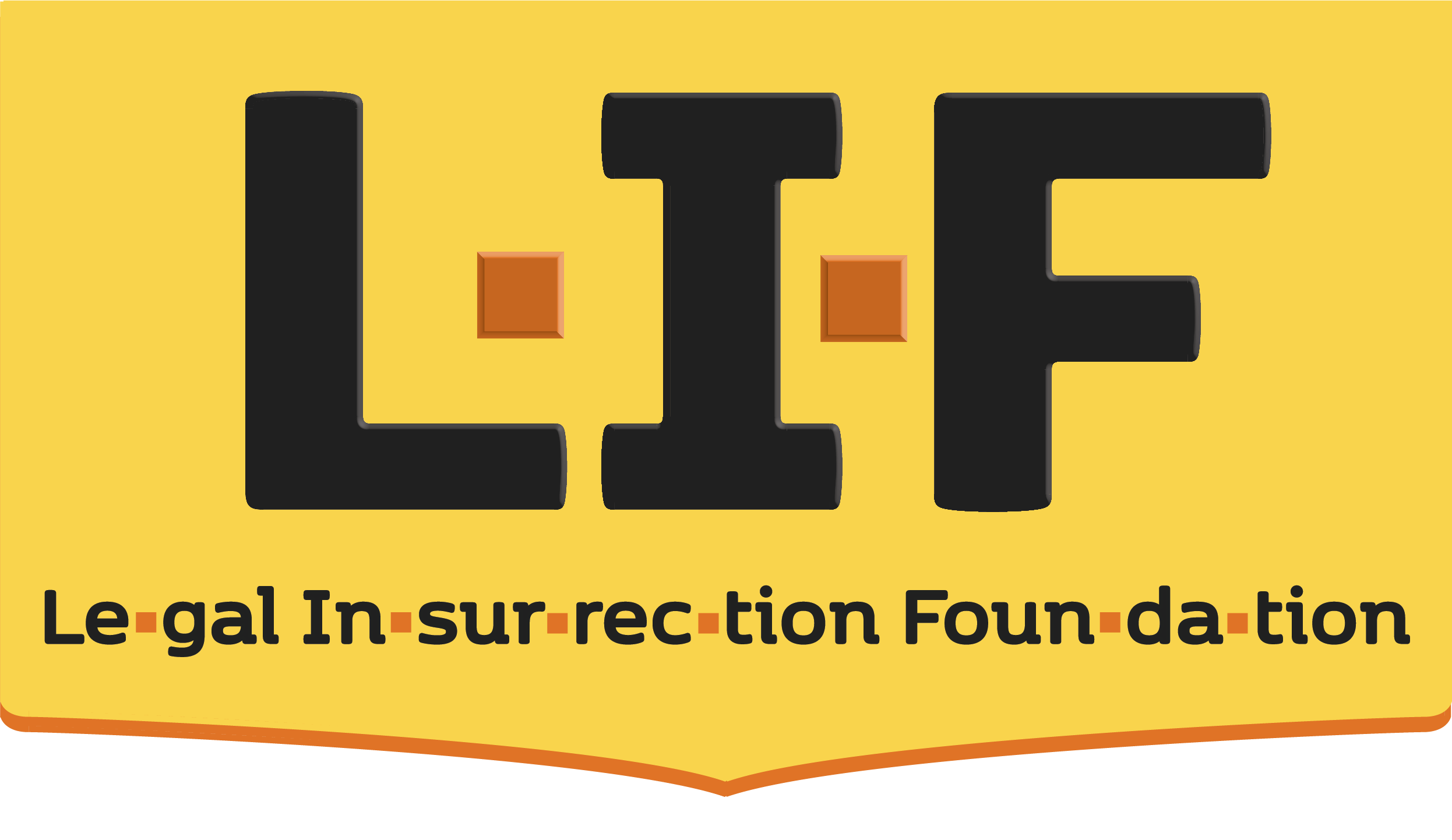Some Colleges in California Can’t Allow Professors to Show Images of Native American ‘Cultural Items’
“the moratorium was implemented at the request of and out of respect for the district’s tribal partners”

People go to colleges to learn. What’s the problem here?
The College Fix reports:
Professors can’t show images of Native American ‘cultural items’ in some California colleges
The Los Rios Community College District continues to enforce a moratorium on “images and reproductions of Native American human remains and cultural items” after a new policy to narrow the ban was stalled, waiting for Native American tribal partners’ approval.
The moratorium, which went into effect in October 2023, prohibits professors from teaching and researching using Native American cultural items, human remains and images or reproductions of these items or remains, according to the policy documents reviewed by The College Fix.
The ban has received pushback from scholars both in and outside the district, with one telling The Fix it is “like a sledgehammer to our collections.”
Despite multiple letters calling out the policy for violating the First Amendment from the Foundation for Individual Rights and Expression, the moratorium continues. In March, FIRE Program Counsel Ross Marchand wrote a third letter to the district after a policy revision stalled.
The district, which oversees four California community colleges, did not respond to multiple emails and phone calls from The College Fix within the past two weeks asking for clarification and reasoning for the policy.
An explanation can be found on the district website, though.
It states the moratorium was implemented at the request of and out of respect for the district’s tribal partners. It is also due to the Native American Graves Protection and Repatriation Act, a 1990 federal law. California has its own version, called CalNAGPRA, which passed in 2001.
Both laws require colleges receiving federal or state funding to work with Native American tribes and repatriate human remains and cultural items to them. Images or reproductions do not fall under that law, but are included in the district’s moratorium.
FIRE’s main First Amendment concern is the inclusion of the “images or reproductions” in the district’s policy.
Donations tax deductible
to the full extent allowed by law.








Comments
When it comes to stupid DEI rules, this one has to be near the top. Indian tribes will be the losers if no one is allowed to study their history.
“Professors can’t show images of Native American ‘cultural items’ in some California colleges”
If your anthropology class suffers you can always drop it and re-register for Porn Studies. No image ban likely there.
Of note is that the original concept of the Cascadia Subduction Zone came about after artifacts were discovered several feet below sea level near the coast in Oregon. These artifacts were dated and found to only be a few hundred years old. So under these laws, it would now be impossible to accurately teach tectonic geology because the initial evidence of the event is verboten (German intended for effect). I guess it is just another case of needing to alter or delete some facts when they become inconvenient to the current narrative.
What I suspect is going on is that the “Land Back” crowd is worried that regular people will discover that their immedaite ancestors stole that land from the previous occupants, who stole that land from even earlier occupants, which is a phenomenon that seems to happen about every 400 years or so. Providence is only valuable here if one only goes back so far.
That is a ridiculous conclusion to draw. Under no possible interpretation of the policy could a professor be forbidden from teaching a theory derived from protected evidence, or even from referring to that evidence. There is no legitimate reason why a geology professor would have to include pictures of that evidence in his lectures or publications.
I can accept the ban on remains but the ban on items is just stupid,
If someone dug my grandmother up, not only would I demand that she be reburied immediately, but I would also demand that all pictures taken of her remains be destroyed. I certainly wouldn’t consider partnering with a college that allowed its professors to display such pictures for all and sundry to gawk at.
If you buried her on public property you would have trouble impeding legitimate scholarship. And also it’s not your grandmother it’s some distant anomymous relative presumes to be from your community.
So there’s moratorium on “images and reproductions of Native American human remains and cultural items”. How ridiculous is that? If even reproductions & images are so sensitive, how come they do not sue entertainment companies for every depiction of Native Americans wearing tribal attire or adornments or practicing depictions of cultural ceremonies? And academically, a researcher would need access to the actual items … not images and reproductions … in order to challenge the conclusions of a researcher who had the opportunity to work with the originals.
As for the remains offending people like Milhouse who would understandably be offended if such displays of his grandmother were displayed without his consent, such offense does not apply to historical remains that are discovered in archaeological excavations. The knowledge of currently living people is greatly enhanced by understanding the lives and cultures of our ancestors. In fact, only through such exploration might we ever be able to map the genetic diversity and distribution present in today’s populations (if genetic markers can be discovered). Or even to discover that they are a different people and culture than we thought they would be. What’s next? Will someone claim that performing autopsies on deceased Native Americans would be “insensitive”?
Hopefully, you are aware that there are entire major religions that consider autopsies sacrilegious and strongly discourage (if not prohibit) them. These include Islam, Judaism, Native American faiths, Christian Science, and Jehovah’s Witnesses. Criminal autopsies generally override these sensibilities, but medical autopsies generally honor them.
nothing like being controlled by the ones you defeated
Temples in Japan have regulations that tourists can’t take photos. The explanation is that they believe it steals the spirit of the temple. The real reason is that they want to sell tourists the book with photos in the gift shop on the way out.